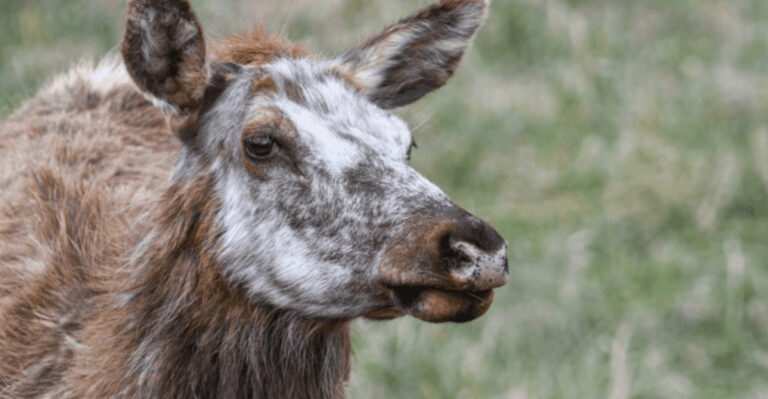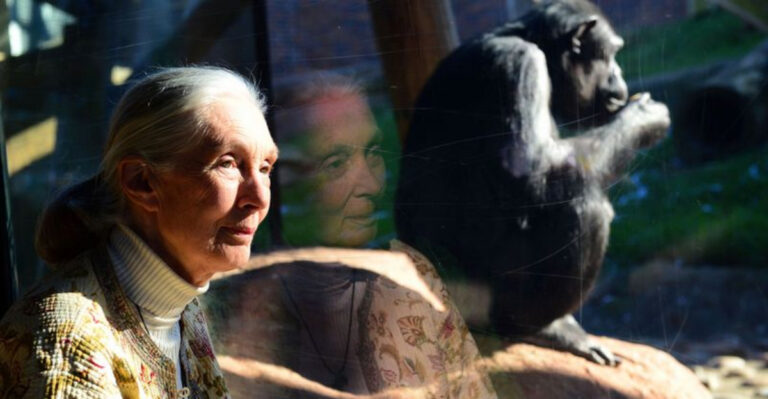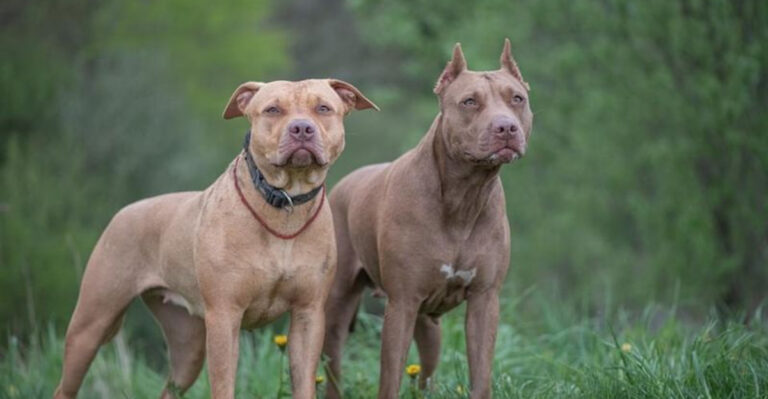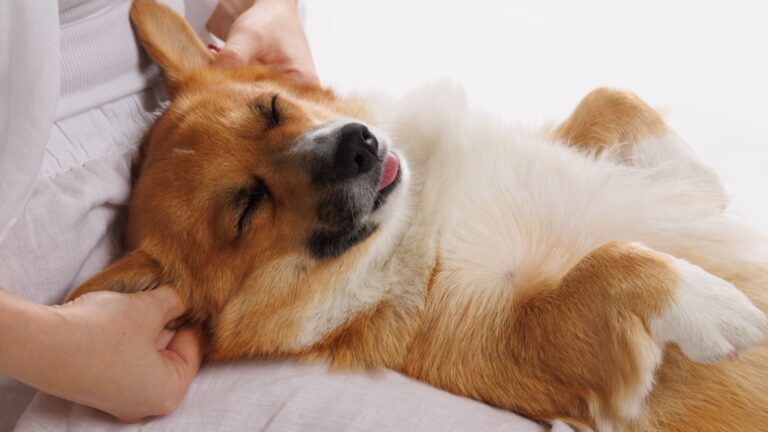22 Dog Breeds Most Likely To Experience Vision Issues In Their Later Years
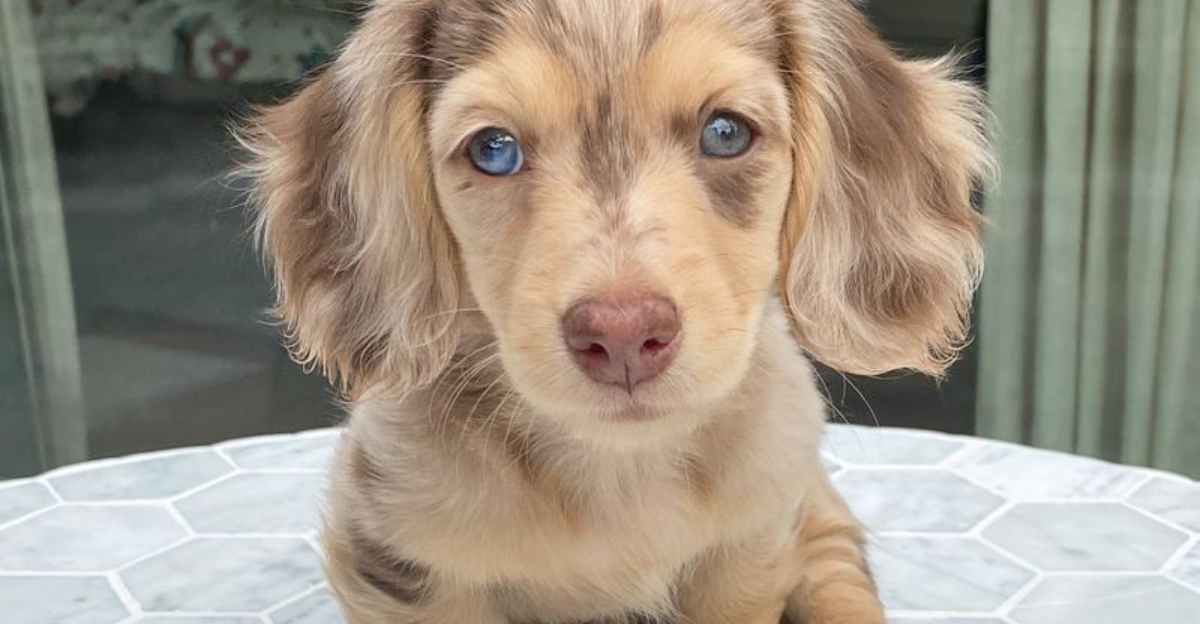
As our beloved canine companions age, certain breeds are more susceptible to vision problems than others. Understanding which breeds are more prone to these issues can help pet owners take preventative measures and seek timely veterinary care.
1. Shar Pei
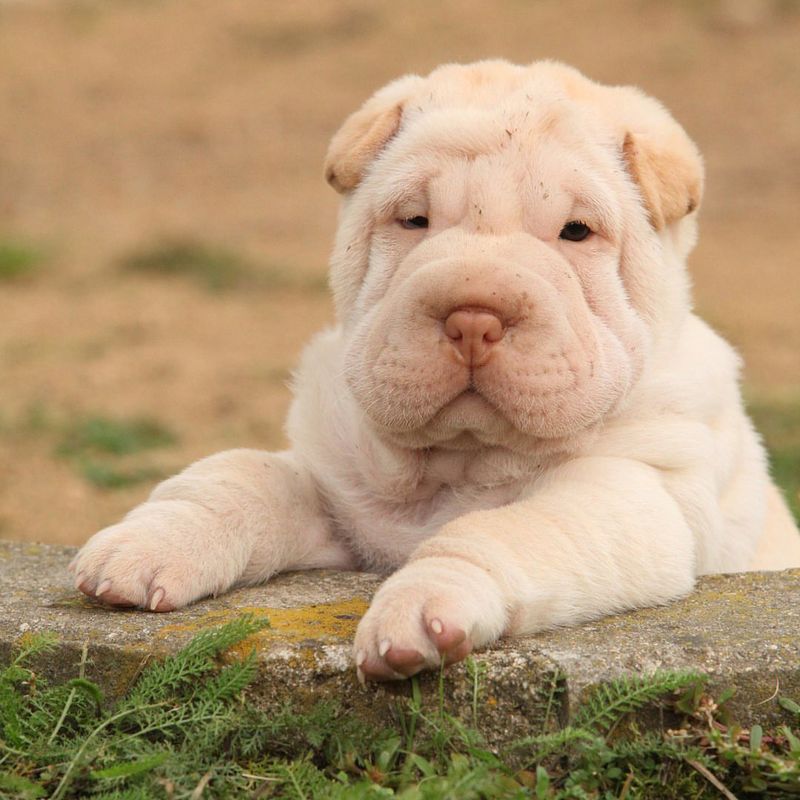
Shar Peis are known for their distinctive wrinkled skin, but their unique features can sometimes lead to vision problems as they age.
These dogs are prone to conditions like entropion (where the eyelids roll inward) and cataracts, which can affect their eyesight.
Despite these potential issues, Shar Peis are typically calm, affectionate dogs who enjoy spending time with their families. With the right care, including regular eye checkups and grooming, they can continue to be wonderful companions in their later years.
2. Cavalier King Charles Spaniel

This breed’s endearing nature makes them an exceptional companion, but Cavalier King Charles Spaniels are prone to developing cataracts and other eye conditions as they grow older.
Their gentle and affectionate personalities may be affected by vision loss, but with early intervention and regular eye care, they can continue to be the loving and loyal pets they are known to be.
3. Cocker Spaniel
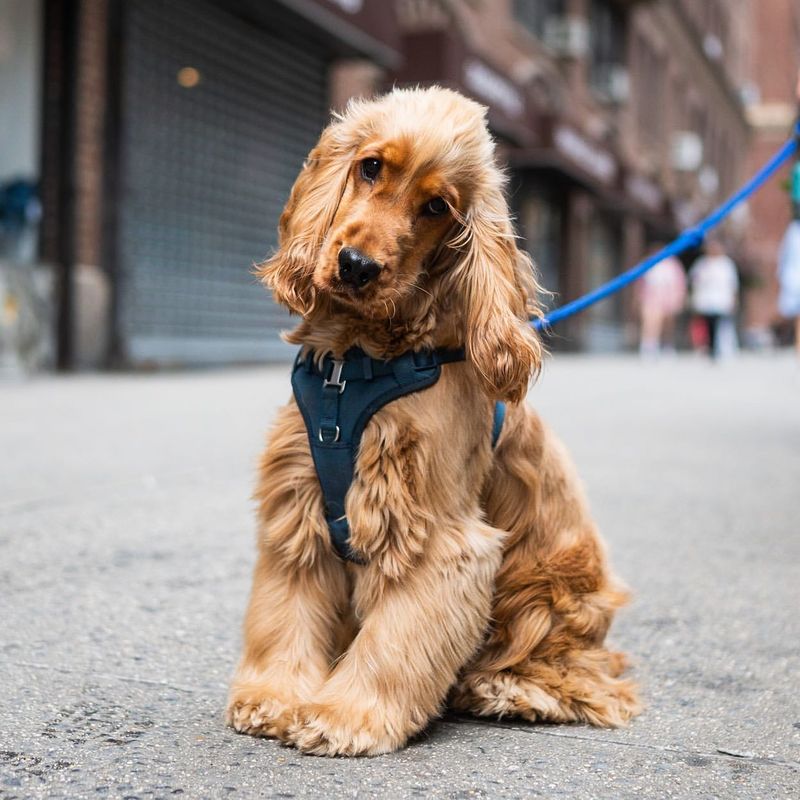
Cocker Spaniels are prone to a variety of vision issues as they age, including cataracts and progressive retinal atrophy (PRA).
Their sweet and affectionate nature makes them a beloved companion, but their long, droopy ears can sometimes contribute to ear infections that lead to vision problems. Regular eye checks and a healthy diet can help minimize vision loss and ensure they age gracefully.
4. Pug
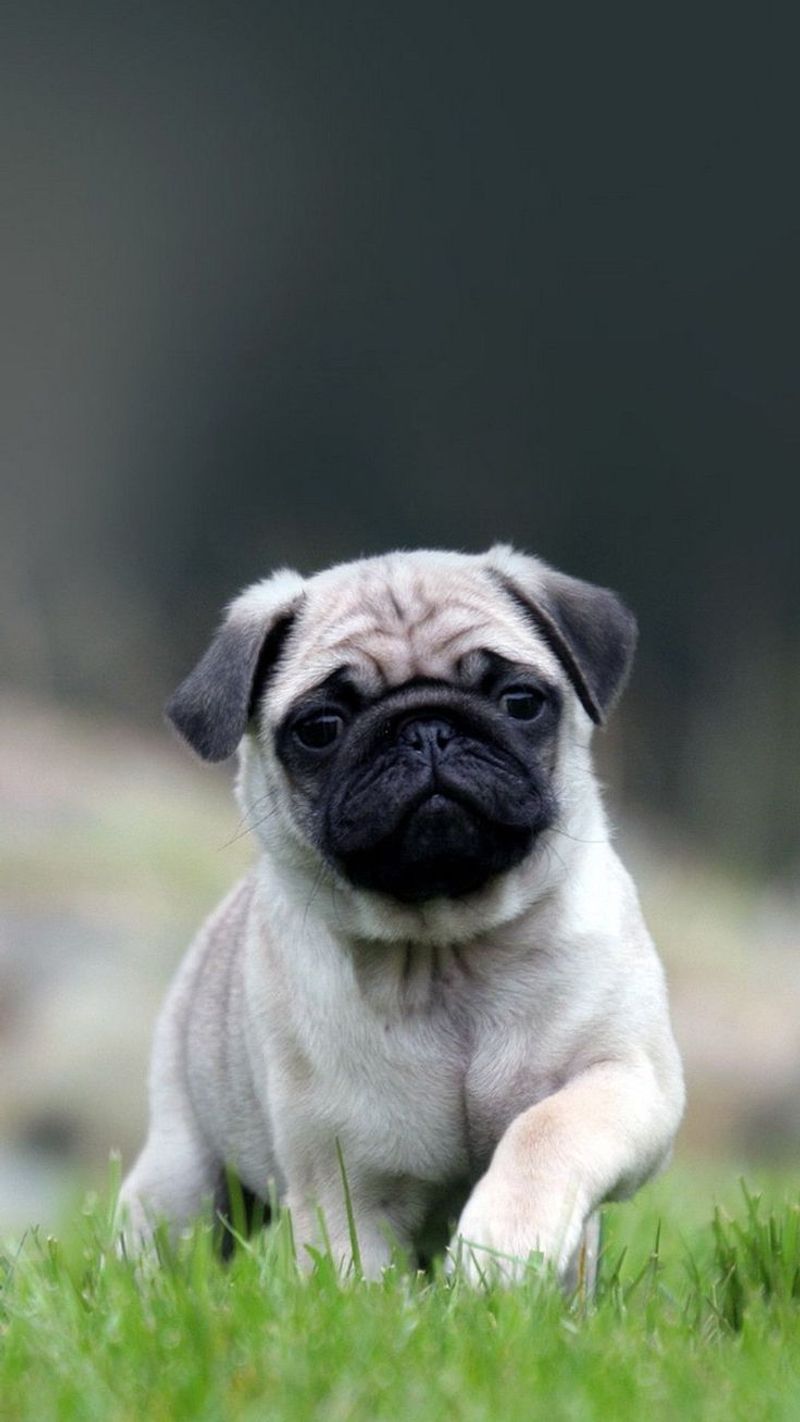
Due to their unique flat faces, Pugs can be susceptible to brachycephalic-related issues that affect their eyes, including corneal ulcers and cataracts. While they are typically cheerful and playful, their vision may deteriorate over time.
Fortunately, with the right care and eye protection, many Pugs can continue to lead happy lives well into their senior years.
5. Boston Terrier
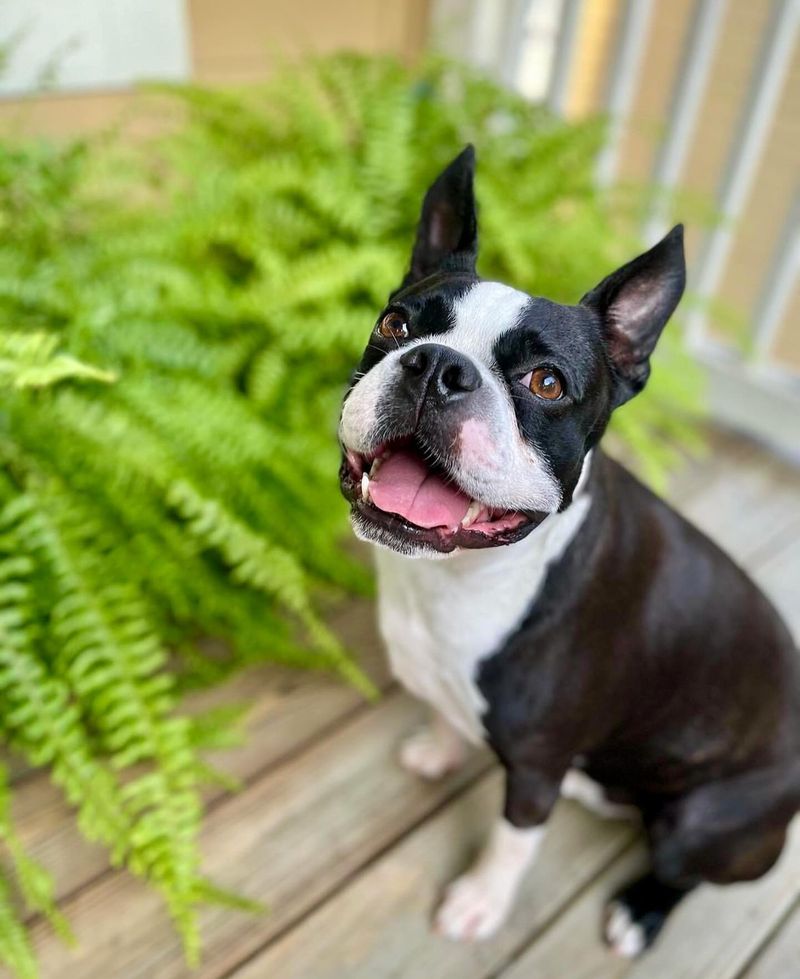
Boston Terriers are another breed that can experience vision loss, often due to cataracts, glaucoma, or PRA. These dogs are known for their expressive faces and high energy, but as they age, their eyesight can be affected.
Regular vet visits and monitoring their vision are important to catch any problems early and help maintain their quality of life.
6. Shih Tzu

The adorable Shih Tzu can develop various eye problems over time, including cataracts and dry eye, both of which can impact their vision.
Their long, flowing coat and short face contribute to potential eye issues, but with the right care and eye hygiene, many Shih Tzus can age without major vision concerns. Keeping their eyes clean and healthy is essential for their well-being.
7. Chihuahua

Chihuahuas may be small in size, but they’re prone to developing vision problems such as cataracts and glaucoma in their later years. These tiny dogs are incredibly affectionate, and they often form close bonds with their owners.
However, as they age, it’s important to monitor their eye health to catch issues early and ensure they continue to lead active lives.
8. Dachshund
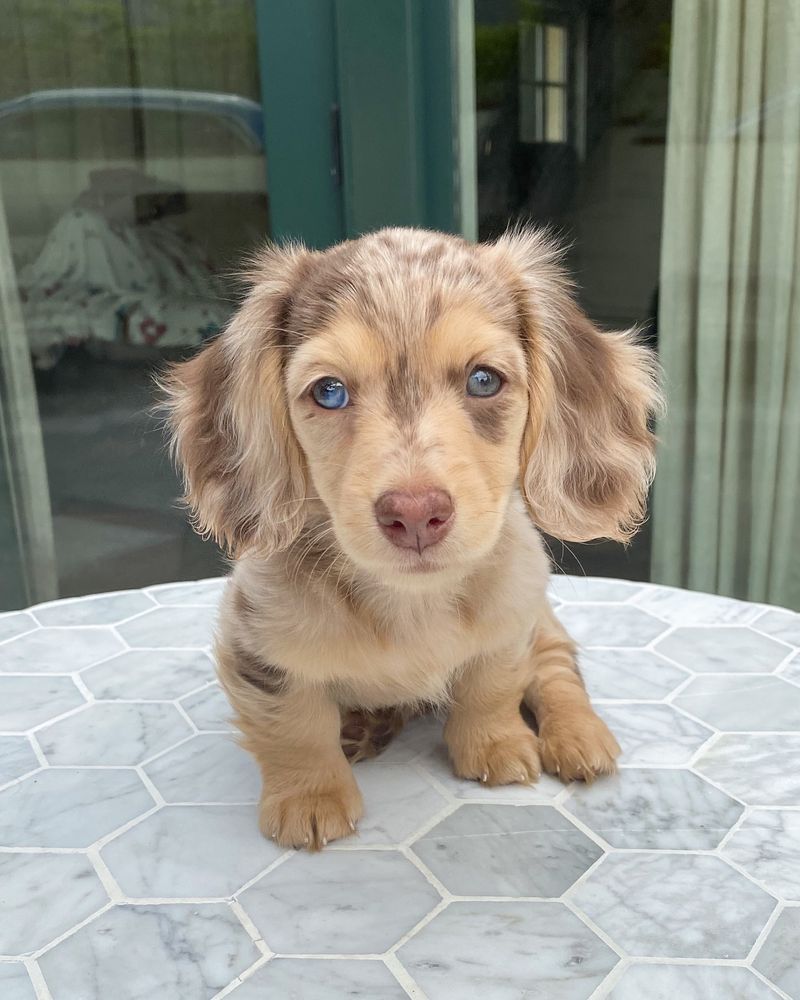
As Dachshunds age, they are at a higher risk for developing cataracts, glaucoma, and other eye conditions.
Known for their long bodies and energetic personalities, Dachshunds are incredibly resilient, but their vision can be compromised as they grow older.
Regular eye checks and a proper diet can help preserve their vision for as long as possible.
9. English Springer Spaniel

English Springer Spaniels are prone to a variety of vision issues, including cataracts and PRA, as they age. Their active lifestyle and love for outdoor adventures can sometimes put stress on their eyes, leading to early signs of vision loss.
It’s important to monitor their eye health as they grow older to ensure they can continue enjoying life to the fullest.
10. Yorkshire Terrier
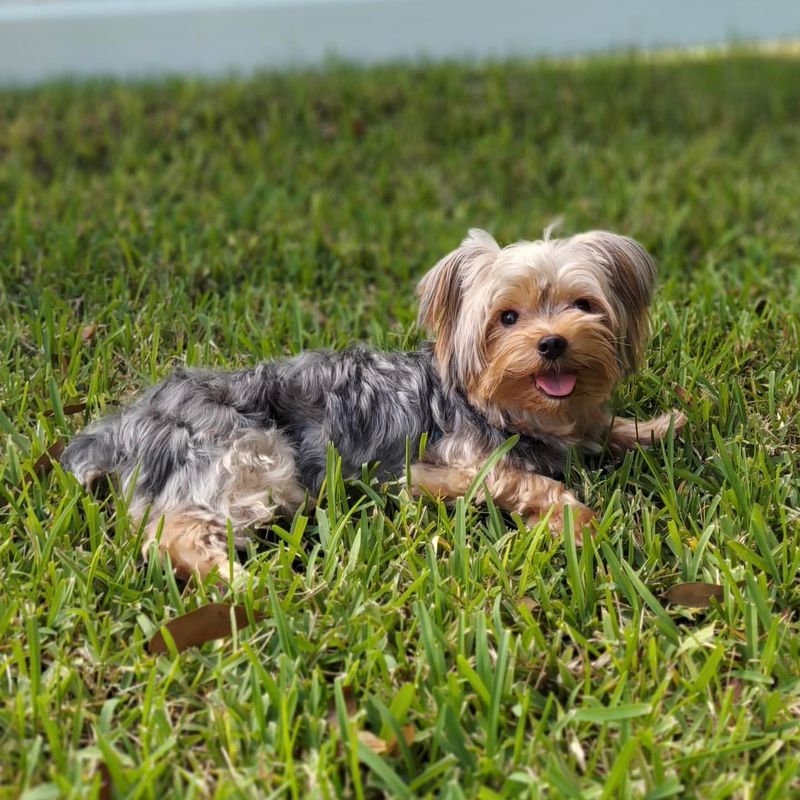
The small but feisty Yorkshire Terrier is susceptible to a range of vision problems, particularly cataracts and PRA, which often develop as they age.
Their tiny size and long coats require special attention to their eye health. Regular vet visits are crucial to monitor their vision and keep them comfortable in their later years.
11. Basset Hound
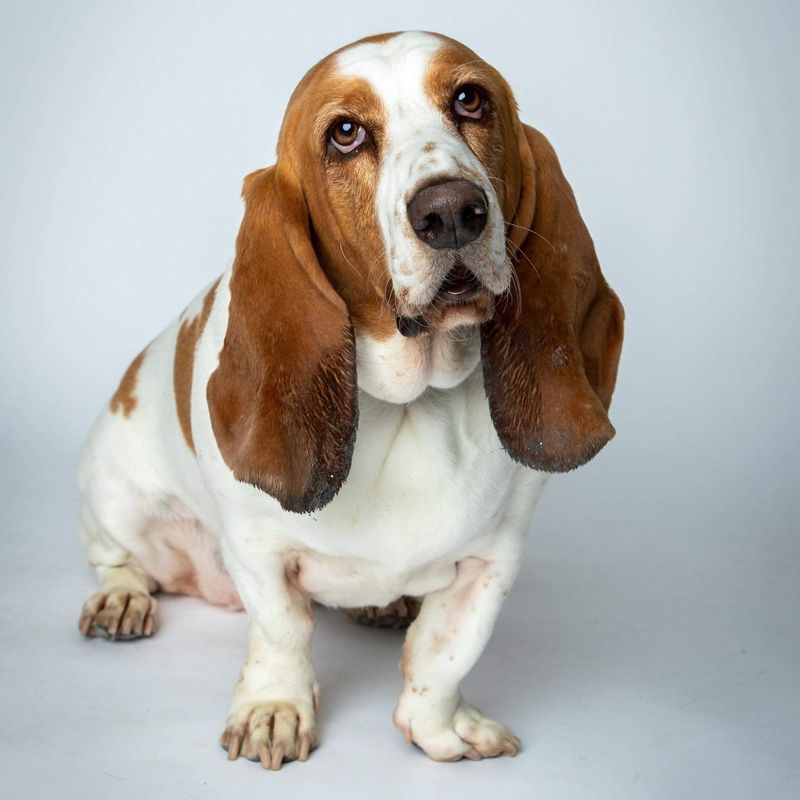
Basset Hounds may be famous for their droopy eyes and long ears, but these features also make them more prone to vision issues like cataracts and glaucoma.
As they age, their sense of smell and hearing may remain sharp, but their sight could decline. Maintaining regular eye checkups is essential to ensuring they continue to navigate their world with ease.
12. Lhasa Apso
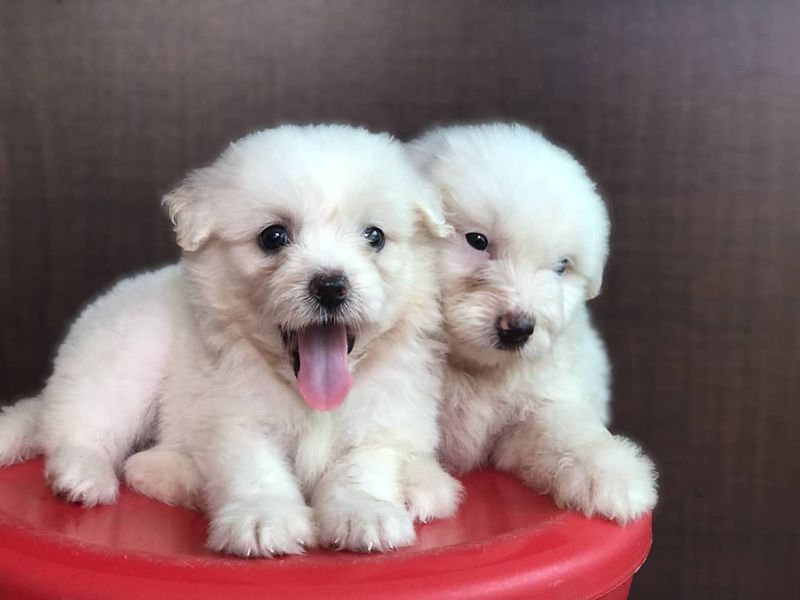
The Lhasa Apso is a small but sturdy dog that may experience vision problems like cataracts, especially as they age. Their long, beautiful coat can sometimes cause eye irritation if not kept clean, and this can exacerbate vision issues.
These dogs are known for their loyalty and playfulness, so keeping their eyes healthy is essential to maintain their active lifestyle.
13. Poodle

Poodles, particularly the smaller varieties, are prone to developing cataracts and PRA as they age. These dogs are incredibly intelligent and can adapt to changes in their vision, but it’s important to monitor their eye health regularly.
Ensuring they have a balanced diet and access to proper care can help slow the progression of eye conditions.
14. Beagle

Beagles are known for their keen sense of smell and high energy, but as they age, they can develop vision problems such as cataracts and glaucoma.
Regular eye exams and early detection of any issues are essential for Beagles to continue enjoying their adventures and activities. Their playful nature means they’ll still want to explore, even with some vision impairment.
15. Maltese
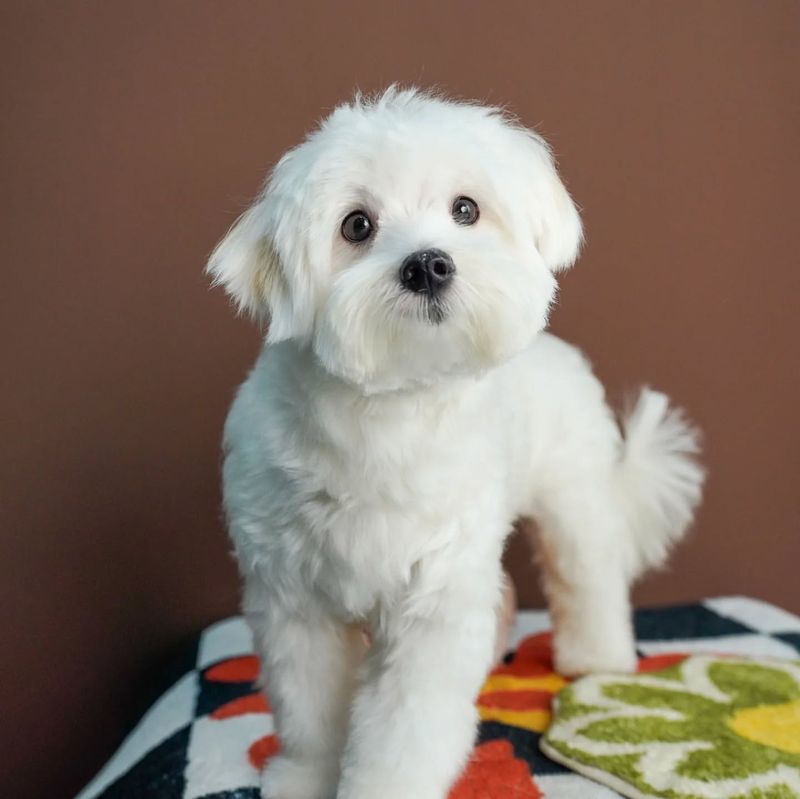
The Maltese is a small breed that can experience various eye conditions, including cataracts and dry eye, as they age. Their long, silky coats require regular grooming to prevent hair from irritating their eyes.
With the right care, Maltese dogs can continue to live healthy and happy lives as they grow older, though regular eye check-ups are crucial.
16. Bulldog
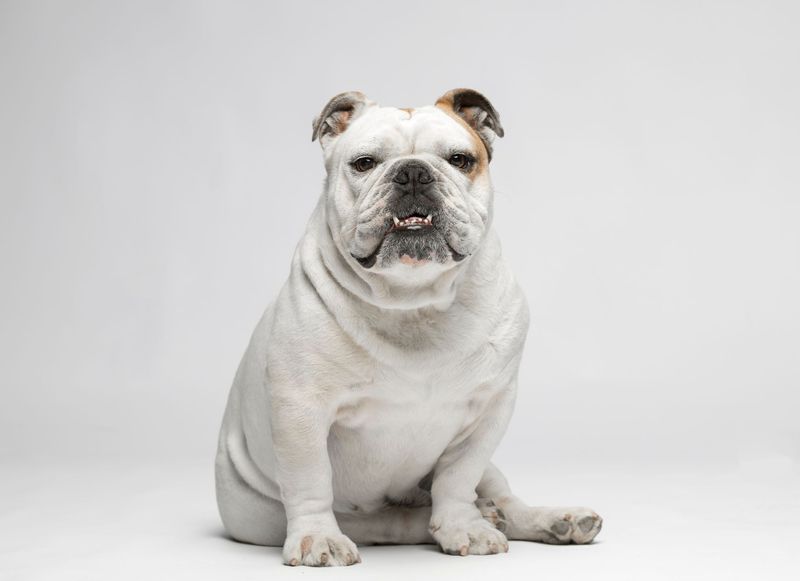
Bulldogs, especially the English Bulldog, are prone to eye conditions due to their brachycephalic (short-nosed) structure. As they age, they may develop cataracts, dry eye, or other vision issues.
Their droopy eyelids and folds can sometimes cause discomfort, so regular eye hygiene and monitoring are essential for their long-term eye health.
17. Miniature Schnauzer
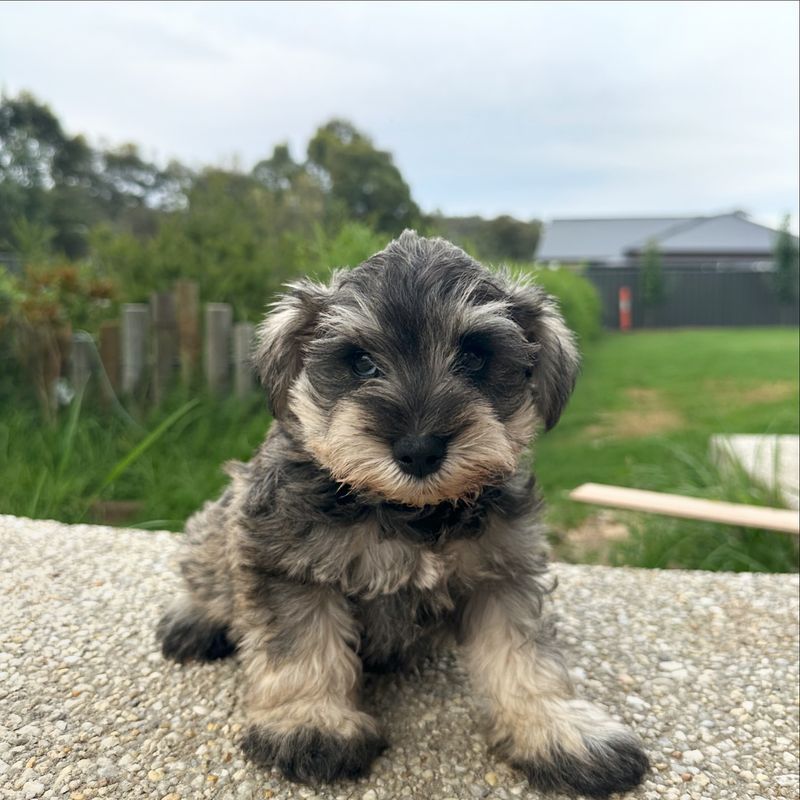
Miniature Schnauzers are full of personality, but they can develop cataracts or progressive retinal atrophy (PRA) over time.
Their beards and eyebrows, while adorable, can sometimes lead to eye irritation, so routine eye care is important. With attention to their vision and overall health, they remain active and charming companions.
18. West Highland White Terrier

West Highland White Terriers, or Westies, are known for their bright, alert eyes, but as they age, they can be susceptible to cataracts and other eye issues.
Despite their small size, these spirited dogs love to stay active, so keeping their eyes healthy is important to help them continue to enjoy their daily activities.
19. Great Dane
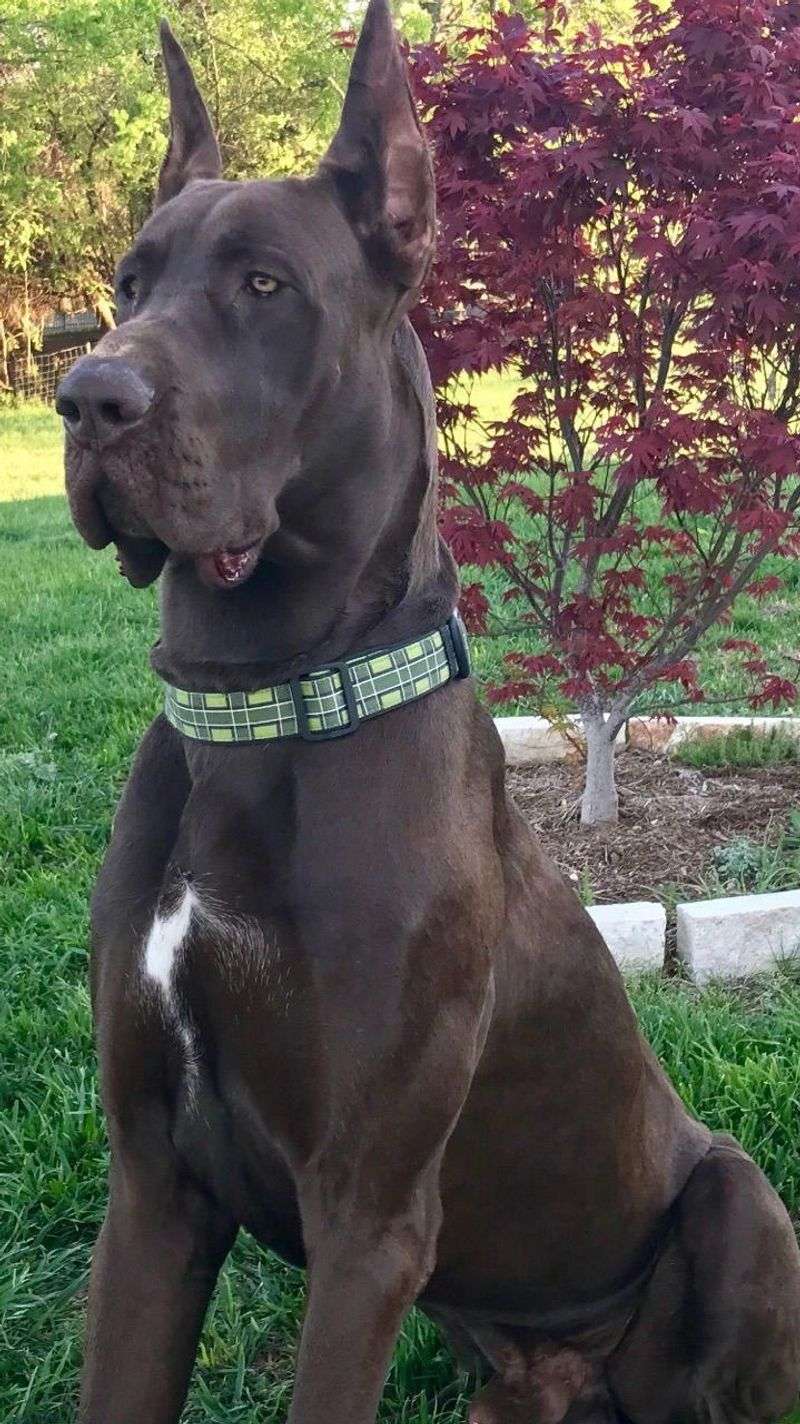
The Great Dane is a majestic and giant breed that may face eye problems, including cataracts, as they grow older. Despite their large size, they are gentle giants with a calm demeanor.
Early detection of any vision issues is important to help them maintain their quality of life, as their vision is crucial for navigation, especially given their size.
20. Doberman Pinscher
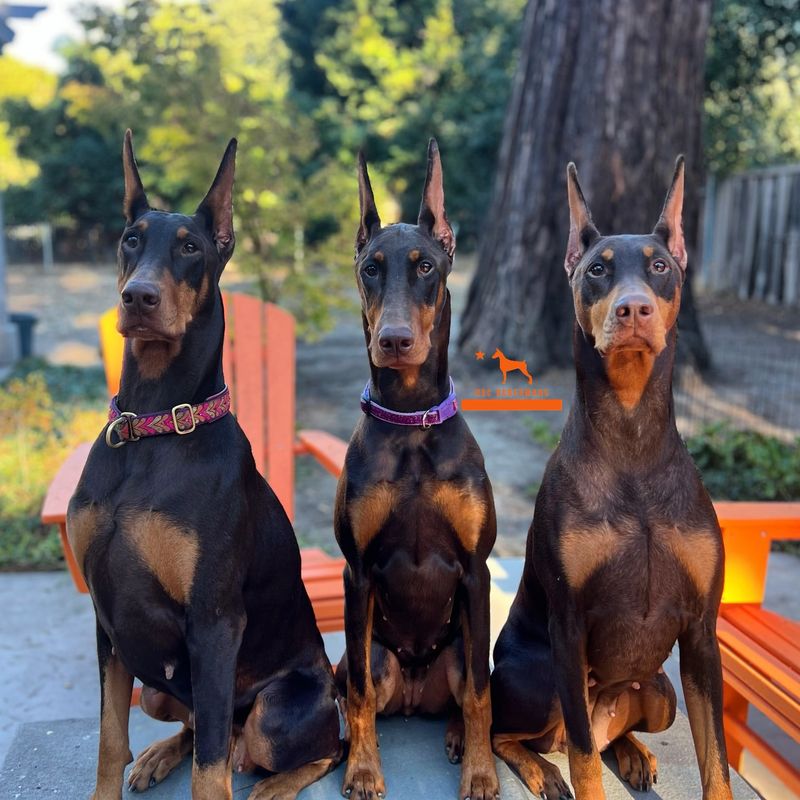
Doberman Pinschers are strong, intelligent, and protective dogs that can be prone to vision problems as they age, particularly cataracts and glaucoma.
Their sharp senses and loyalty make them excellent companions, but monitoring their eye health is crucial as they age to ensure they continue to thrive in their later years.
21. Pekingese
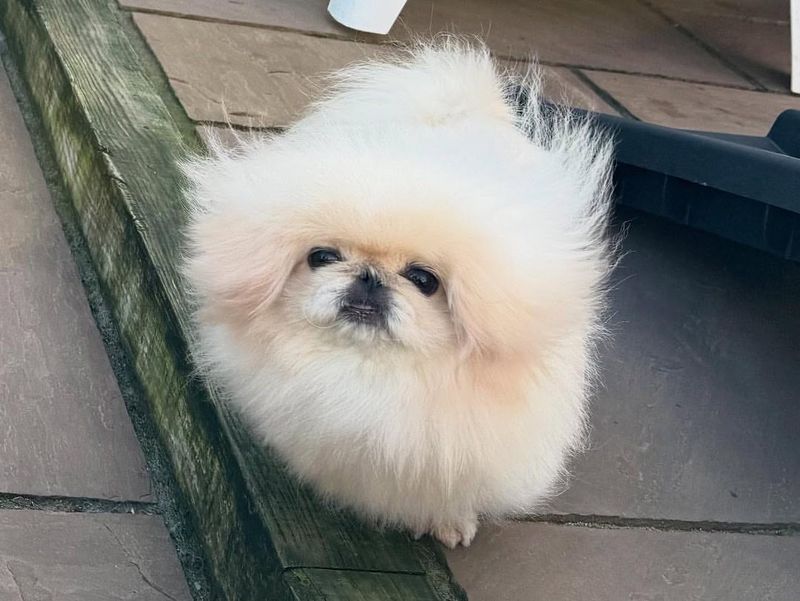
Known for their charming personalities and distinctive flat faces, these dogs are prone to eye conditions like cataracts and corneal ulcers as they age.
Due to their unique facial structure, they may also experience dry eye or irritation from their long fur. With proper care and regular grooming, Pekingese can still enjoy a happy life even if their vision begins to fade.
22. Boxer
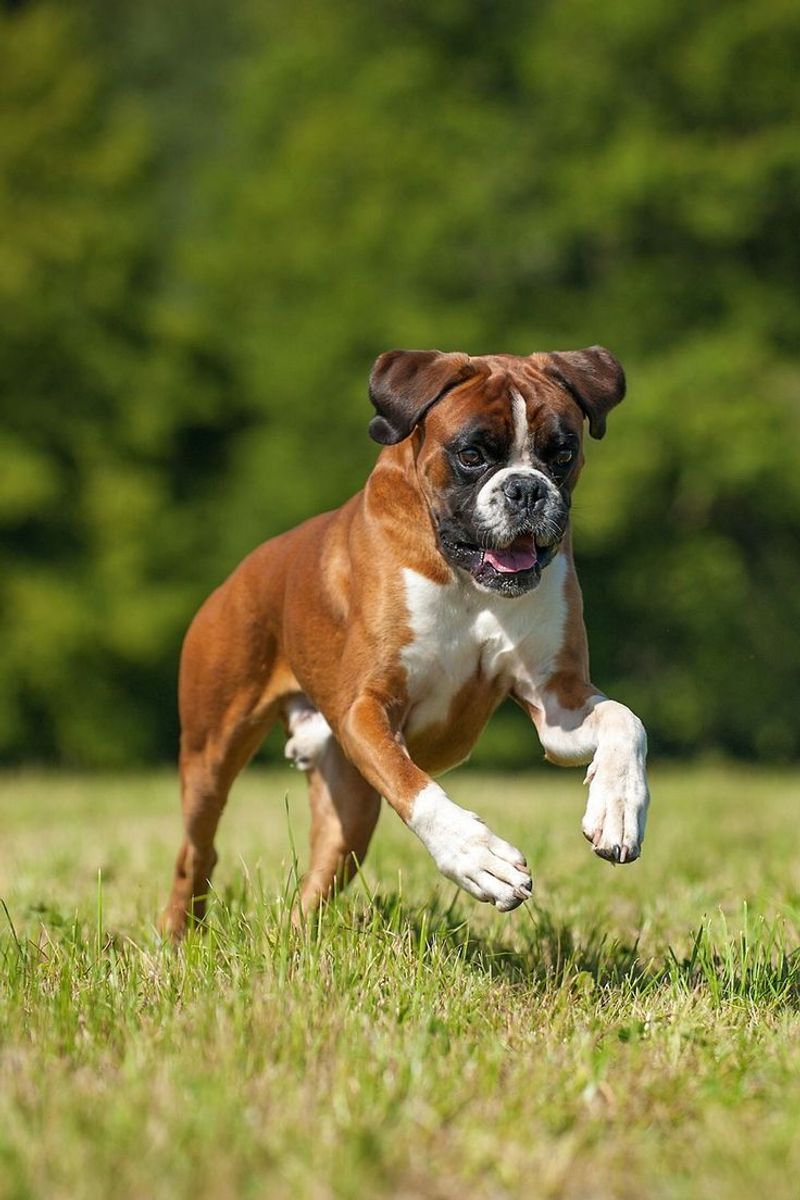
Despite their boundless energy and strong protective instincts, these dogs can face vision problems like cataracts and glaucoma as they grow older.
Their active lifestyle may be affected if their eyesight declines, so regular eye health checks are vital. With early detection, these loyal dogs can continue to lead fulfilling lives and stay as energetic as ever.

